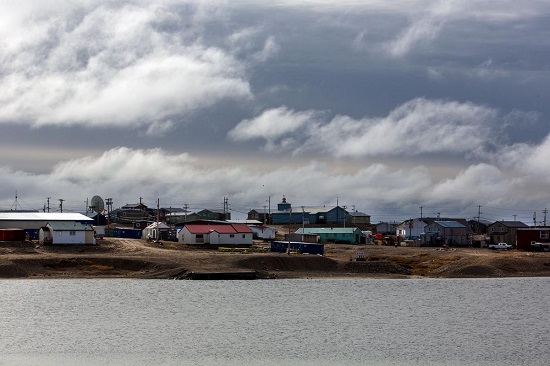 Monday, May 6, 2024
Monday, May 6, 2024  Monday, May 6, 2024
Monday, May 6, 2024 
The Arctic landscape is vast and varied, so it would make sense for the region’s architecture to reflect its geographical and cultural diversity. Yet until recently, that hasn’t been the case. To better represent the range of community needs and lifestyle factors of those in the North, more designers and builders are honing in on how Arctic architecture can be made truly sustainable while also withstanding the climatic extremes of the North.
“Sustainability in the North has to have a strong cultural component,” says William Semple, an architect for NORDEC Consulting and Design who has been working on building science, design work and community engagement in the region for almost 20 years. “You have to put as much focus on cultural sustainability as environmental sustainability.”
On Oct. 25, Semple moderated and presented at a symposium on sustainable Arctic architecture hosted by the Danish Embassy. Held at Canada’s Centre for Geography and Education at 50 Sussex Drive in Ottawa, the symposium brought together top researchers in the field who are examining issues related to energy consumption and decolonizing architecture. With a focus on current conditions, while also taking into consideration the changing climate, presenters discussed several ways in which architecture can and is being improved to enhance the lives of those in the North.
A topic that received much discussion was the issue of replicating southern building traditions in the North, an approach that does not take into consideration the physical and social needs of those living in colder climates. “All of the models of housing have been based on the south, and none of them are appropriate in a whole number of ways,” says Semple. Even basic considerations such as the materials used, the level of insulation, and the quality of windows and doors are inadequate for the more extreme northern weather.
Keep reading on Canadian Geographic